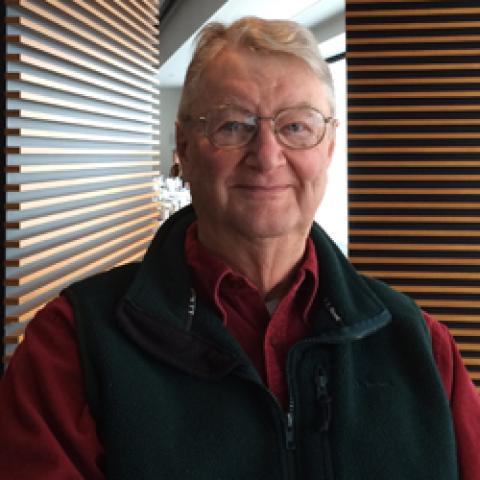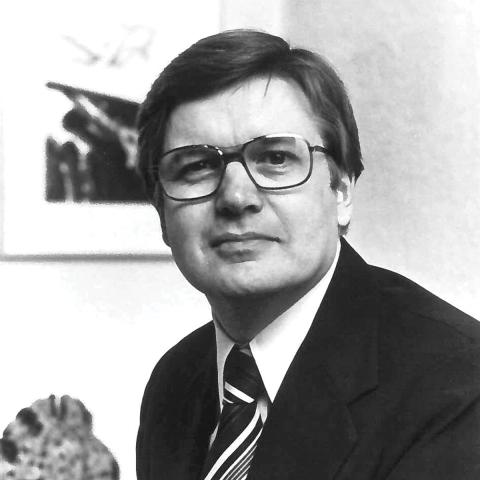
Walter Henry “Chick” Holtkamp, Jr., of Cleveland, Ohio, died August 27, aged 89. He was a graduate of Western Reserve Academy (1947) and University of Chicago (1951), and served in the United States Navy for four years. He then joined the Holtkamp Organ Company in 1956 and became president of the company in 1962 upon the sudden death of his father, Walter Holtkamp, Sr., continuing until his retirement in 1996. The company is the oldest continuously operating pipe organ firm in the United States (1855) and the oldest continuously operating manufacturing company in Cleveland.
Holtkamp designed and built instruments for major schools such as The Juilliard School, Cleveland Institute of Music, Union Theological Seminary, University of Notre Dame, University of Alabama, as well as several hundred other churches and colleges, including North Christian Church, Columbus, Indiana, and Gartner Auditorium, the Cleveland Museum of Art. He commissioned new music by American composers for the pipe organ and founded national competitions in the areas of organ composition and improvisation in conjunction with the American Guild of Organists.
Holtkamp was a board member of the Musart Society of the Cleveland Museum of Art for decades, an active member and leader of the Rowfant Club, and a former president of the American Pipe Organ Builders Association. He enjoyed leisure oil painting, reading poetry, and collecting piano jazz and classical music.
Walter Holtkamp, Jr., is survived by his wife, Karen (McFarlane), sons Walter Henry Holtkamp, III, F. Christian Holtkamp (Heather Chapman), and Mark B. Holtkamp, stepdaughter Sarah McFarlane Polly (Steven), and seven grandchildren.
A public memorial with eulogy will be held in Gartner Auditorium at the Cleveland Museum of Art, November 10, 11:00 a.m. Organists will be John Ferguson and David Higgs.
Memorial gifts may be made to the Judson Foundation (specifically for the Richard Gardner Music Fund at Judson Manor), 2181 Ambleside Drive, Cleveland, Ohio 44106, or the Musart Society of the Cleveland Museum of Art, 11150 East Boulevard, Cleveland, Ohio 44106.
Mary Prat-Molinier, 84, died August 28, 2018. She was titular organist of the Christophe Moucherel organ at St. Cecilia Cathedral and of the Puget organ at the Collegiate Church of Saint-Salvy in Albi, France, from 1968 to 2011 and was honorary president of the Christophe Moucherel Association. She began studying the organ with Henri Cabié in Albi, continuing in Paris with Marcel Dupré, Gaston Litaize, and Maurice Duruflé and obtained a first prize in virtuosity at the Jehan Titelouze Institute in Rouen. She taught at the Tarn Conservatory. She had an extensive repertoire of organ music, including works of two organists from Albi: Léonce de Saint-Martin and Adolphe Marty. She organized organ concerts in Albi and recorded a CD of Louis-Claude Daquin’s Noëls (Valois-Audivis) there, which is available from the Association Christophe Moucherel, http://www.moucherel.fr. The funeral for Mary Prat-Molinier took place July 30 in St. Martin Chapel, Albi.
—Carolyn Shuster Fournier




